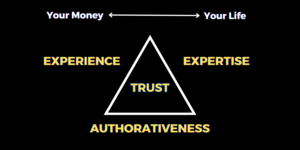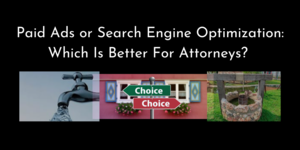
How many conversations or meetings that have gone like this? Someone made a difficult-to-achieve request. You said “Yes”, but neither you nor the person making the request seemed satisfied with the outcome. Afterward, you felt that it would not have gone any worse had you just said “No”.
Consider:
- Was there a better way that would have still highlighted the information, skills, or resources required to successfully complete it?
- What answer would not have ended up just sounding like an excuse?
- How could I have refocused our attention to what we could do as opposed to drawing attention to what we could not?
When Yes Isn't Enough
Challenges and obstacles will always exist. In most all of the cases, my answer took the form of Yes-But. This type of response communicates “I will do it, but [here’s some problem that someone else has to fix first]”. More often than not, that someone else is the requester. At it’s core, it is a preemptive excuse and more focused on why it will not work instead of what it will take to accomplish it.
How many times do we say Yes-But? Think of one recent example where you may have done this. Keep that in mind so we can use it later.
Here are a few:

We all use this one from time to time!
This is “Yes, I’ll do it, but there’s still something you’ve got to do for it to work.”
For the person making the ask, this can sound like an unwillingness to take responsibility.
This one gets used a lot too!
Few things are more frustrating than asking someone to do something and hearing that “Yes, they’ll do it, but don’t blame them when it doesn’t work.”


This one is one of the quickest ways to lose influence with a leader.
What they often hear from this one is “Ok, but you shouldn’t be asking me.”
A Better Yes
How might the conversation have gone differently if you had instead answered “Yes, and [here’s what I need to do it]“? This slight difference communicates those same obstacles and challenges, but it focuses on What instead of Why Not. It is an enabling exercise versus preparation of an excuse.
In your earlier example from above, how might you have restated your answer with an enabling Yes-And answer? Odds are the person asking the request would have responded much more positively and you would have been more likely to get the support resources that you needed.

What Next?
Small changes can often lead to much bigger results. (Check out this post is Yes-And is a change that you’d like to make.)
Add your example below in the comments and include how it could have been restated as a Yes-And. If you try it the next time you get a request, come back and add how your response was different this time. Was there a response different? Did it work better?


